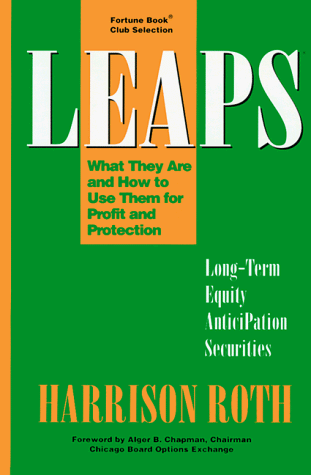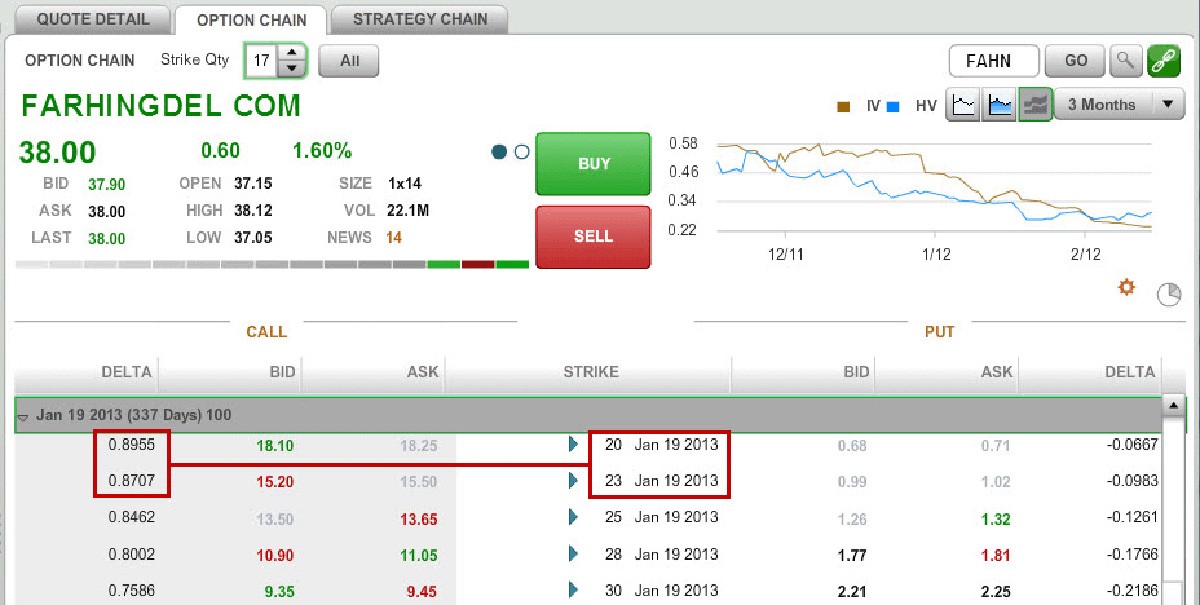LongTerm Equity Anticipation Securities When To Take The LEAP_4
Post on: 27 Июнь, 2015 No Comment

Faith in Leaps: Unloved Options Have Advantages
By Saghir Aslam
Irvine, CA
(The following information is provided solely to educate the Muslim community about investing and financial planning. It is hoped that the ummah will benefit from this effort through greater financial empowerment, enabling the community to live in security and dignity and fulfill their religious and moral obligations towards charitable activities)
Maybe because long-term options has a faintly oxymoronic ring, Leaps are in many ways the forgotten cousin of the options family. The acronym for Long-term Equity Anticipation Securities, Leaps havent generated the kind of volume or excitement the exchanges had hoped they would.
The reasons typically offered for their underwhelming reception include less-than-ideal pricing, owing to the reluctance of sellers for up to two years. Then theres the point that investors are generally attracted to options for their flexibility in facilitating short-term market views.
But Leaps-which cover individual stocks and turn into garden-variety options as their annual January expiration approaches-have their fans, who like them for the relatively rich income available to Leap sellers or as a lower-cost way to control a stock. I have been using Leap strategies for years and it has paid off handsomely.
I use Leaps to deploy spread strategies, such as buying a stock while selling a long-term call, buying a leap call and continuously selling short-term calls against it, or buying and selling Leap calls at different strike prices-all with an eye toward generating plenty of income. By selling Leaps, I take advantage of the somewhat elevated prices on options with maturities as far as three years out, which provides some downside cushion to stock positions, throws off income and profits from any erosion in the option premium over time.

In the straight-up market of a couple of years ago, this strategy was often compromised as stocks shot higher through strike prices, forcing me to unwind covered-call positions and often take quick taxable gains in the underlying stocks. In the current, more churning market, I am able to generate substantial tax savings by buying back options for gains rather than selling stocks.
I look for big-cap stocks that have been on the move for some fundamental reason. Example: I look at stocks when they get crunched, like Compaq once, when it went from the 40s to the 20s. Using the expansive time horizon that Leaps permit, I figured that Compaq certainly will be around for years to come, so I bought the stock and sold Leap calls against it for the week or two when the premium richness persisted, making selling prices attractive.
In a different vein, I picked up January 2002 30 Leap calls on Qwest Communications, a stock beaten down during its efforts to acquire US West, for around $16. At half the going price for the stock, the calls give me a leveraged position that would blossom into nice profits if the shares enjoy a long-term rebound.
(Saghir A. Aslam only explains strategies and formulas that he has been using. He is merely providing information, and NO ADVICE is given. Mr. Aslam does not endorse or recommend any broker, brokerage firm, or any investment at all, or does he suggest that anyone will earn a profit when or if they purchase stocks, bonds or any other investments. All stocks or investment vehicles mentioned are for illustrative purposes only. Mr. Aslam is not an attorney, accountant, real estate broker, stockbroker, investment advisor, or certified financial planner. Mr. Aslam does not have anything for sale.)














